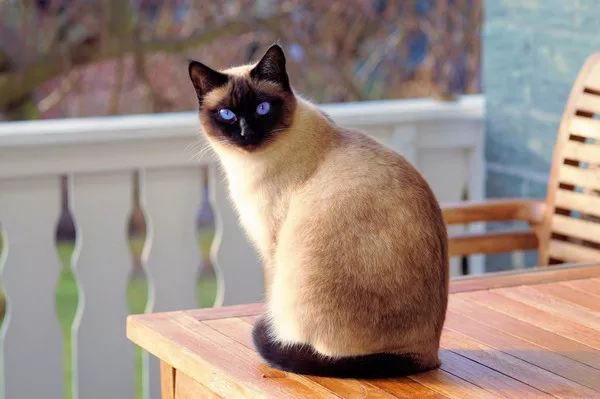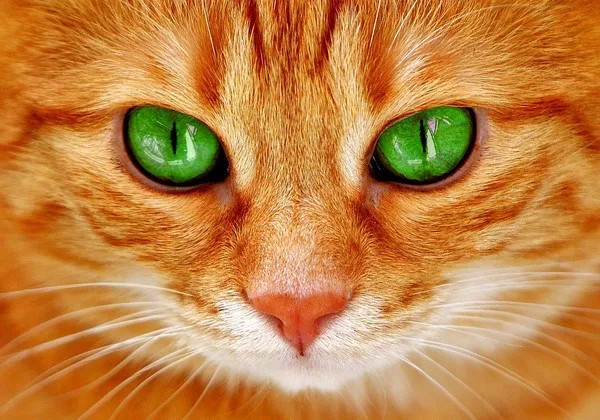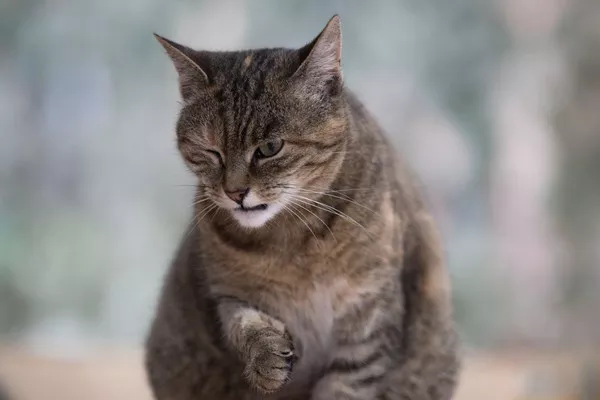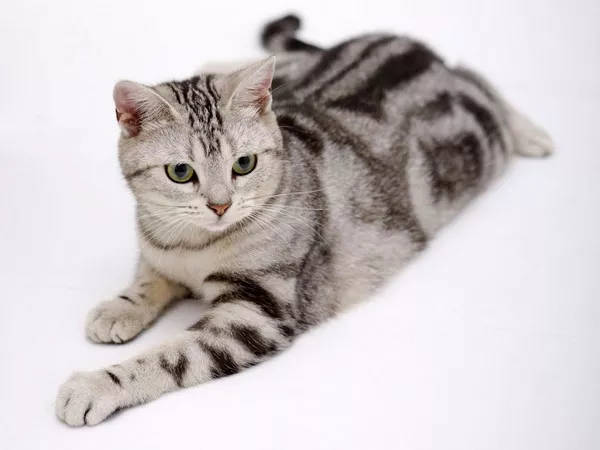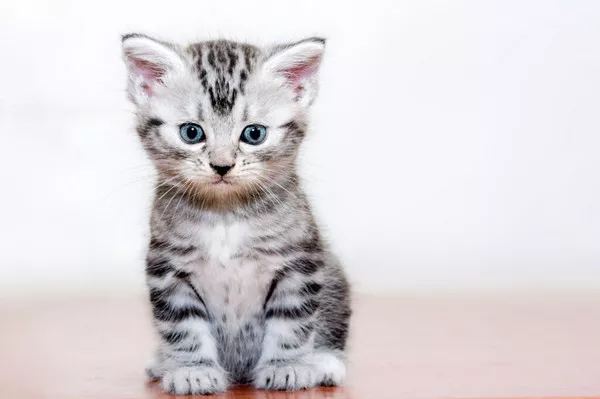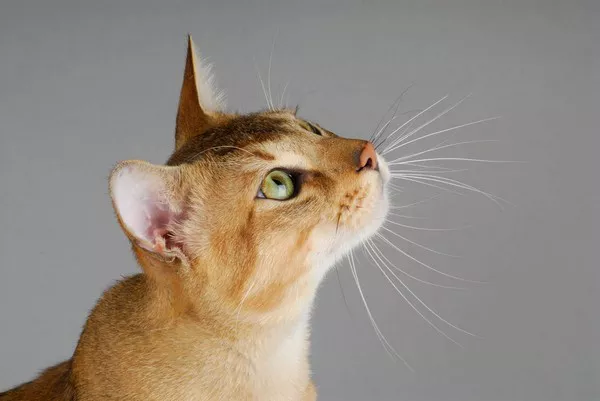Burmese cats are known for their beautiful, sleek coats and striking eye color. These affectionate and playful felines are a popular choice among cat lovers, but many people wonder if their fur changes color as they age. In this article, we’ll explore the topic of Burmese cat fur color changes and what you can expect from these wonderful cats.
Origins of Burmese Cats
To understand why Burmese cats may have changes in their coat color, it’s important to first understand their origins. Burmese cats are an ancient breed that originated in Burma (now known as Myanmar) over 2,000 years ago. They were highly regarded by the royal families of Burma and were often given as gifts or used to guard temples.
The modern Burmese cat that we know today was developed in the early 20th century in England and the United States. The original breeding stock was imported from Burma and crossed with Siamese cats to create a new breed. The resulting cats had a shorter, more compact body type than the Siamese, and their coats were solid in color.
Burmese Coat Colors
Burmese cats come in a variety of colors, including brown, blue, chocolate, lilac, red, cream, and tortoiseshell. The original Burmese cats were only brown (also known as sable), but through selective breeding, other colors were introduced.
One interesting fact about Burmese cat coats is that they are not all one solid color. Instead, they have a subtle shading effect that’s known as “tonal separation.” This means that there are darker hairs at the roots of the fur, gradually becoming lighter toward the tips.
Changes in Coat Color
As Burmese cats age, it’s possible for their coat color to change slightly. This is due to a number of factors, including genetics and environmental influences.
One common change that can occur in Burmese cats is a darkening of their coat color. This is often seen in cats that were born with lighter coats, such as lilac or cream. As they age, the tonal separation in their fur may become less distinct, causing the overall color to appear darker.
Another factor that can influence coat color changes in Burmese cats is exposure to sunlight. Sunlight can cause the fur to bleach out, resulting in a lighter or faded appearance. This is especially true for cats with lighter colored coats.
Genetics also play a role in coat color changes. Burmese cats have a gene called the “dilute” gene, which can cause their coat colors to lighten or darken over time. Cats with the dilute gene may have coats that start out darker and gradually lighten as they age, or vice versa.
Overall, it’s important to remember that minor changes in coat color are normal and not a cause for concern. In fact, these changes can add character and uniqueness to your cat’s appearance.
Maintaining Your Burmese Cat’s Coat
To keep your Burmese cat’s coat looking its best, regular grooming is essential. Brushing your cat’s fur weekly will help remove loose hair and prevent matting. It’s also a great way to bond with your cat and give them some extra attention.
Regular bathing is also important for Burmese cats, as it helps keep their coat shiny and healthy. However, be sure to use a shampoo specifically designed for cats, as human shampoos can be too harsh and cause skin irritation.
In addition to grooming, providing your Burmese cat with a healthy diet and plenty of exercise can also help maintain their coat health. A balanced diet rich in protein and essential fatty acids will promote healthy skin and a glossy coat.
Conclusion
In summary, while it’s possible for Burmese cat coats to change color slightly as they age, these changes are usually minor and not a cause for concern. Maintaining a regular grooming routine and providing your cat with proper nutrition and exercise can help keep their coat looking healthy and shiny. Whether you have a sable, lilac, or tortoiseshell Burmese cat, their unique coat colors and tonal separation make them a beautiful and beloved feline companion.

![Do Birman Cats Like to Cuddle? [Revealed!]](https://www.catsmeowweb.com/wp-content/uploads/2023/06/burmese-cat-24.webp)
